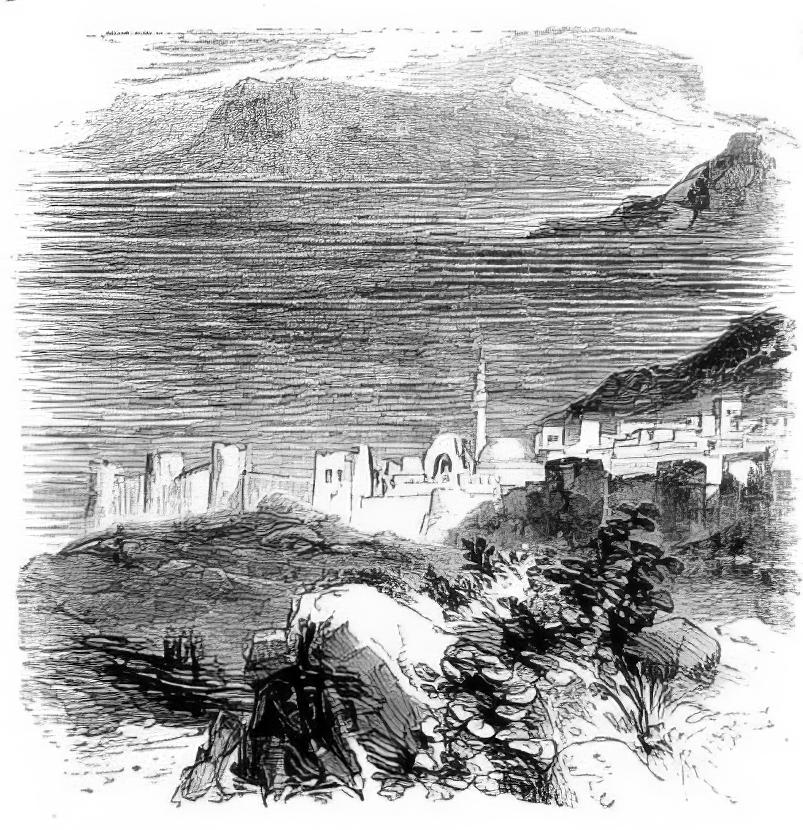What is…
Tiberias
also known as: Tubarich, טְבֶרְיָה (Hebrew), Tveria, Tabariyyah, Tubariyeh, Yam Ha-Kineret
Greek: Τιβεριάς —transliteration: Tiberias —occurrences: 3 (all in John)
Tiberias is an ancient city on the western shore of the Sea of Tiberias, more commonly known as the Sea of Galilee.
It is said to have been founded by Herod Antipas (16 AD), on the site of the ruins of an older city called Rakkath, and to have been thus named by him after the Emperor Tiberius. It may have been built on the site of Rakkath.
It is mentioned only 3 times in the history of Jesus Christ (John 6:1; 6:23; 21:1).
“Other small boats came from Tiberias near to the place where they ate the bread after the Lord had given thanks.” —John 6:23
“We do not read that our Lord ever entered this city. The reason of this is probably to be found in the fact that it was practically a heathen city, though standing upon Jewish soil.
Herod, its founder, had brought together the arts of Greece, the idolatry of Rome, and the gross lewdness of Asia. There were in it a theatre for the performance of comedies, a forum, a stadium, a palace roofed with gold in imitation of those in Italy, statues of the Roman gods, and busts of the deified emperors. He who was not sent but to the lost sheep of the house of Israel might well hold himself aloof from such scenes as these.” —Rev. Samuel Manning, LL.D., Those Holy Fields: Palestine (1874)
After the fall of Jerusalem (70 AD), Tiberias became one of the chief residences of the Jews in Judea. It was for more than 300 years their metropolis. From about 150 AD the Sanhedrin settled here, and established rabbinical schools, which rose to great celebrity. Here the Jerusalem Talmud was compiled about the beginning of the fifth century.
To this same rabbinical school also we are indebted for the Masora, a “body of traditions which transmitted the readings of the Hebrew text of the Old Testament, and preserved, by means of the vowel-system, the pronunciation of the Hebrew.” In its original form, and in all manuscripts, the Hebrew is written without vowels; hence, when it ceased to be a spoken language, the importance of knowing what vowels to insert between the consonants. This is supplied by the Masora, and hence these vowels are called the “Masoretic vowel-points.”

There are many ancient hot springs at Tiberias. Two ancient synagogue sites have been excavated here.
In 1837, about one-half of the inhabitants perished by an earthquake.
The Web site for the modern Israeli city of Tiberias is at www.tiberias.muni.il
More information
- What is the Sea of Galilee? and what is its significance in the Bible?
- Who are the men called Herod in the Bible, the Herodian Dynasty?
- About ancient Rome in the Bible
- About idolatry and false gods in the Bible
- About the ancient Hebrew language
- What is a spring, and what springs are mentioned in the Bible?
 What are the CITIES OF THE BIBLE? Names, descriptions, locations and types
What are the CITIES OF THE BIBLE? Names, descriptions, locations and types Learn about Bible Archaeology
Learn about Bible Archaeology